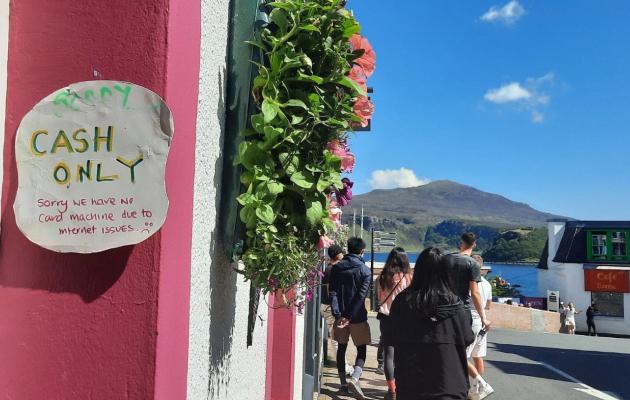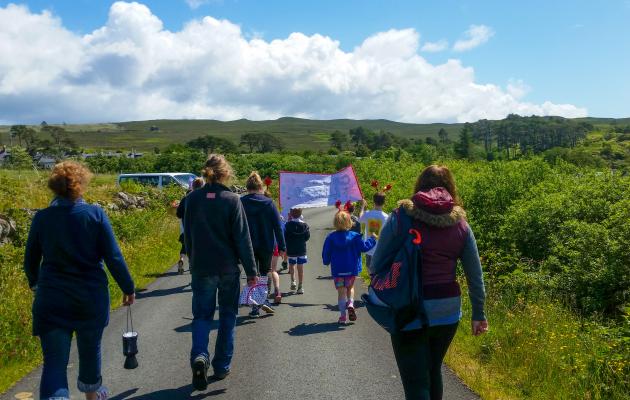A flood of green investment into Scottish land holdings could deepen existing perceptions of what divides landowners and rural communities if new understanding, policies and regulation don’t keep up, a study by researchers at The James Hutton Institute has found.
The Scottish Government-funded research investigated rural communities where there had been major investment in land use change for green purposes, such as rewilding or tree planting.
Read the full report here.
Farmers and gamekeepers perceived they were the most impacted by these projects, through loss or change of employment and tenancies. But the study also found that green investment can and does bring benefits, such as green jobs, training and education, rural re-investment and other opportunities for young people.
Lead researcher Dr Annie McKee, a senior social scientist at the Hutton says, “These changing patterns of land ownership and management, often driven by interest in new financial markets, like carbon and biodiversity credits, have implications for goals around net zero, just transition, land ownership diversification and community wealth building.
“One standout feature we saw was the significant economic power held by new players engaging in Scotland’s land market. This could increase issues relating to landownership scale and concentration while market forces may drive land use and land management change faster than policies looking to achieve a ‘just transition’ can be put in place.”
The research set out to understand the range of new forms of green land investment happening in rural Scotland. In total, 150 landowners and investors, land managers, and community representatives were interviewed or took part in community-based workshops, exploring six case areas where there had been green land investment projects.
It found a wide range of projects, but also diverse reasons for investment. While landowners or investors said they were motivated by environmental, financial, social, reputational, operational and personal factors, communities often felt that projects were financially driven and that the cash behind projects led to feelings of power imbalances.
Investment also brought benefits in some cases, including increased accessibility and transparency of landholding activities, support for education and training, community initiatives, providing housing, and increased tourism activity and employment.
But these green land investment projects could also bring loss of employment and impacts on local services, a decrease in housing availability, and potential risks from changes in land use and management, such as a perceived increased risk of wildfire.
The community workshops uncovered evidence of good practice community engagement, where green land investor-owners organised and attended community open days and supported training and education opportunities.
However, a perceived lack of community involvement in land-use decision-making was also highlighted.
The findings underline recent guidance published by the Scottish Land Commission on ‘Delivering Community Benefits from Land’, which sets out good practice around community engagement and involvement in decisions relating to land use.
“Our findings highlight the need for policy makers to consider greater regulation of the natural capital market, enhanced measures to support landownership and land management transparency, and to ensure adherence to the Land Rights and Responsibilities Statement,” adds Dr McKee.
“Green land investors-owners should include community voices and ensure transparency and accountability in land management plans and objectives.
“We also found that rural communities appear more resilient to land use changes if they can engage and work with green land investor-owners and should be supported to do so. However, further research, particularly focused on tracking changes over time, would help to build a better understanding of the long-term impacts of green land investment in rural Scotland.”
Read the full report here: https://www.gov.scot/publications/social-economic-impacts-green-land-investment-rural-scotland/




